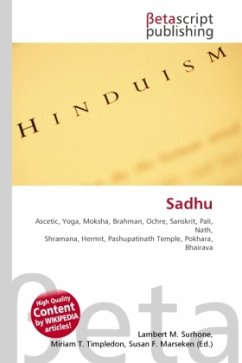Please note that the content of this book primarily consists of articles available from Wikipedia or other free sources online. In Buddhism, udumbara and u umbara (Sanskrit) refer to the tree, flower and fruit of the Ficus racemosa (syn. Ficus glomerata). In Buddhist literature, this tree or its fruit may carry the connotation of rarity, parasitism or Vedic mysticism.The udumbara is also used to refer to the blue lotus (Nila udumbara) flower.The flowers of the udumbara are enclosed within its fruit, as in all figs (see "Fig pollination and fig fruit"). Because the flower is hidden inside the fruit, a legend developed to explain the absence (and supposed rarity) of the visual flower: in Buddhist mythology, the flower was said to bloom only once every 3,000 years, and thus came to symbolize events of rare occurrence. Allusions to this symbolism can be found in texts such as Theravada Buddhism's Uraga Sutta and Mahayana Buddhism's "Lotus Sutra," both described further below.








